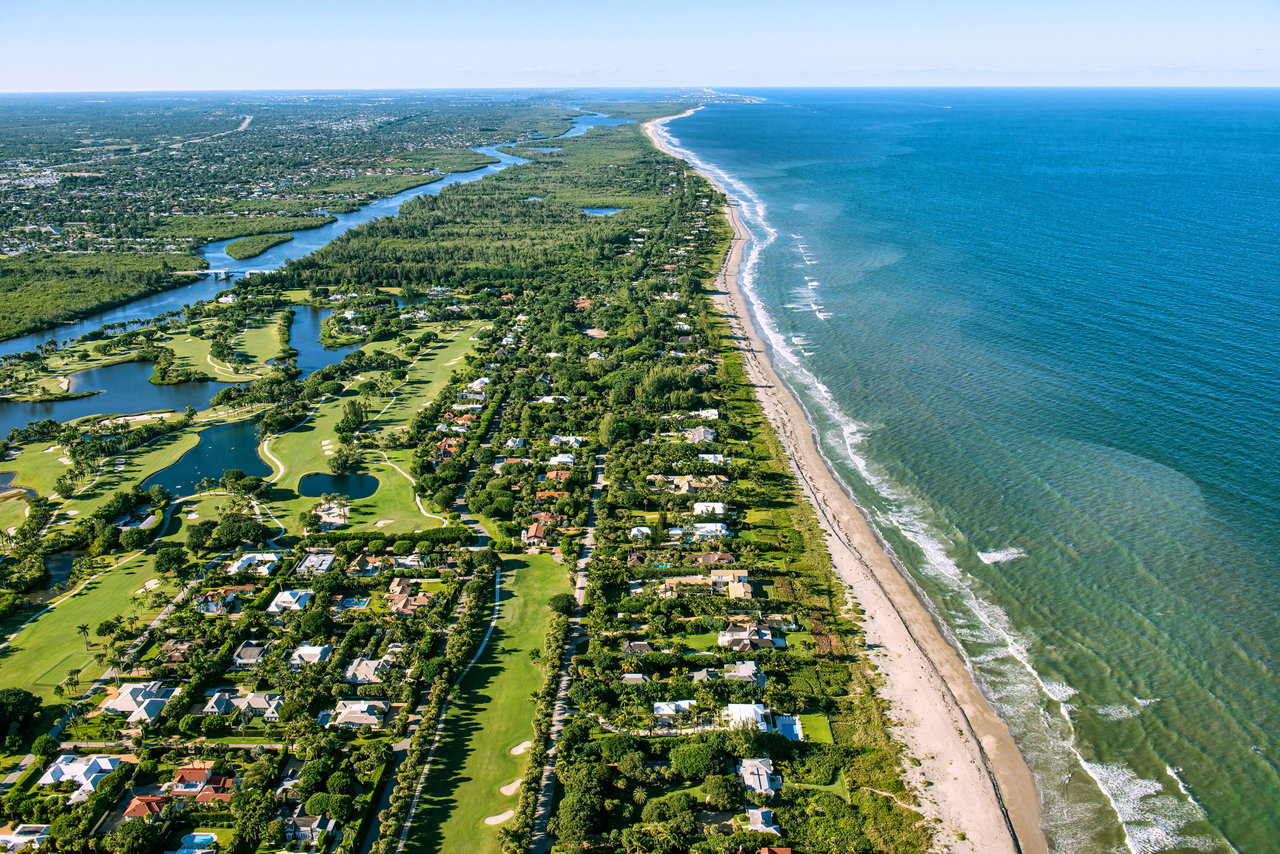The weather patterns on Florida’s coast are a fascinating topic for both residents and visitors. With its unique geographical location, Florida offers a distinct blend of tropical and subtropical climates, making it an attractive destination for those seeking warmth and sunshine. Understanding these patterns is essential for anyone interested in enjoying the luxury of coastal living. Whether you’re planning to indulge in Florida’s vibrant beach life or simply curious about its climate, this article provides a comprehensive look into the factors that shape the weather along this beautiful coast.

Why Florida’s Coastal Weather is Unique
Florida’s coastline is influenced by several factors that contribute to its unique weather patterns. The state’s position between the Atlantic Ocean and the Gulf of Mexico plays a significant role in shaping its climate. These bodies of water moderate temperatures, creating a mild winter and hot summer season. Additionally, Florida’s proximity to the equator means that it experiences a higher degree of solar radiation, contributing to its warm and sunny days.
The Influence of the Ocean
The Atlantic Ocean and the Gulf of Mexico are crucial in defining the weather patterns on Florida’s coast. Water temperatures in these bodies influence the air temperature and humidity, making the coastal areas pleasant year-round. The ocean currents, particularly the Gulf Stream, also play a part in regulating temperatures, keeping them relatively stable throughout the year.
Seasonal Changes and What to Expect
Florida’s coast experiences distinct seasonal changes, each bringing its own set of weather conditions. Understanding these seasons can help you plan your visit or decide when to enjoy the myriad of activities the coast offers, from surfing to exploring coastal decor trends.
Winter on the Coast
Winter along Florida’s coast is mild and pleasant, attracting visitors from colder regions. Temperatures typically range from the mid-50s to the mid-70s Fahrenheit. This season is ideal for outdoor activities like surfing and exploring marinas.
Spring and Its Blooms
Spring brings warmer temperatures and blooming flora, making it a picturesque time to visit. It’s a perfect season for embracing the latest coastal decor trends or enjoying the vibrant natural beauty.
Summer: Embrace the Heat
Summer is characterized by high temperatures and increased humidity, with temperatures often reaching the 90s. Afternoon thunderstorms are common, providing a brief respite from the heat. This season is perfect for water activities like jet skiing and enjoying Florida’s vibrant nightlife.
Fall: A Transitional Period
Fall serves as a transition period from the hot summer to the mild winter. It offers cooler temperatures and less humidity, making it an ideal time for those who prefer milder weather to explore the coast.
Impact of Hurricanes and Tropical Storms
One cannot discuss weather patterns on Florida’s coast without mentioning hurricanes and tropical storms. These natural phenomena are significant aspects of Florida’s climate, typically occurring from June to November. While they can be challenging, understanding their patterns and preparing adequately can mitigate their impact.
Preparedness and Safety
Staying informed and prepared is crucial during hurricane season. Florida’s residents and authorities are well-versed in safety protocols, ensuring minimal disruption to daily life. For more on living safely along the coast, you can visit this guide on the benefits and precautions of coastal living.
The Role of Climate Change
Climate change is an evolving issue impacting weather patterns on Florida’s coast. Rising sea levels, increased temperatures, and more intense storms are some effects felt in recent years. Awareness and proactive measures are essential in adapting to these changes.
Community Initiatives
Florida’s communities are taking steps to address climate change’s impact, including sustainable building practices and conservation efforts, ensuring the coast remains a beautiful and safe place for future generations.

FAQ
What is the best time to visit Florida’s coast?
The best time to visit Florida’s coast is during the winter and spring months when the weather is mild and pleasant.
How does the ocean influence Florida’s weather?
The ocean moderates temperatures and influences humidity levels, contributing to Florida’s unique coastal climate.
Are hurricanes common on Florida’s coast?
Yes, hurricanes are a part of Florida’s climate, particularly during the hurricane season from June to November.
For more insights into island living in Florida, check out this guide.
This article contains affiliate links. We may earn a commission at no extra cost to you.

